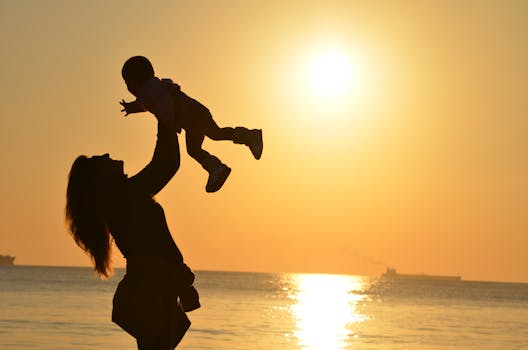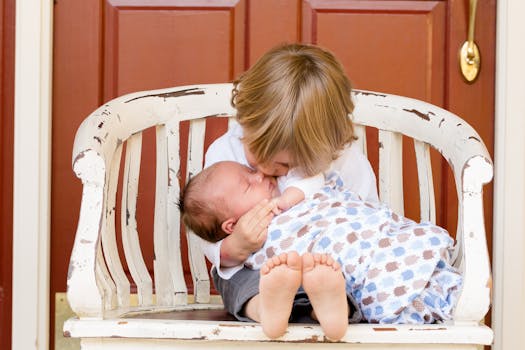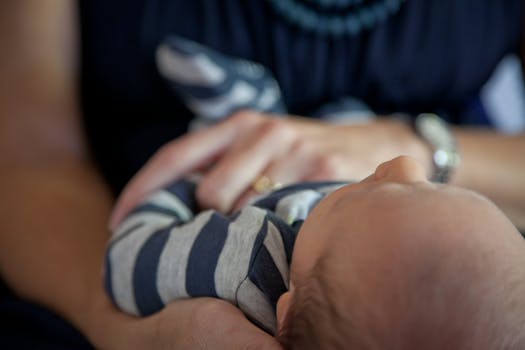Cradle cap is the name given to the yellow, greasy scaly patches that appear on the scalp of young babies.
It is a very common and harmless condition that does not usually itch or cause any discomfort to the baby.
Cradle cap typically begins in babies during their first three months, and tends to last a couple of weeks or months.
It usually clears up by the time the child is two years old, although in some rare cases, children can have cradle cap for a lot longer.

What are the symptoms of cradle cap?
- greasy yellow patches on the scalp
- the affected skin area appears red
- scales and flakes on the scalp
- yellow crusts on the scalp
There is a possibility that the child will have hair loss when the patch falls off or is removed.
It is important not to scratch or pick at the cradle cap, in case an infection develops.
It usually starts on the scalp and can spread behind the ears.
The patches may appear on other parts of the baby's body, such as the nappy area, the nose, armpits or backs of the knees. In this case, the condition is called seborrhoeic eczema, rather than cradle cap.

What are the causes of cradle cap?
The cause of cradle cap is not entirely clear, but it may be linked to overactive sebaceous glands, which are glands in the skin that produce an oily substance called sebum.
It is thought that some babies retain some of their mother's hormones in their bodies for several weeks or months after the birth, and these hormones may make their glands more active, so they produce more sebum.

The excess sebum causes old skin cells to stick to the scalp, instead of drying up and falling off as they would normally do.
Cradle cap is not contagious. If a baby has cradle cap, it does not mean that the child has an infection or is not being looked after properly.
Research has also found that babies who get cradle cap often have family members with allergy-type conditions, such as asthma and eczema.
There is also a possibility that a child who has cradle cap may have other types of seborrhoeic dermatitis, such as dandruff, when they are older.

How do I treat cradle cap?
Cradle cap requires no specific treatment, and it will eventually clear up on its own.
However, gently washing your baby's hair and scalp may prevent a build-up of the flake.
To loosen the flakey crust, massage a small amount of baby oil, olive oil or Vaseline into the scalp at night, which will soften the skin.
If the oil method does not work, use a mild shampoo instead.





